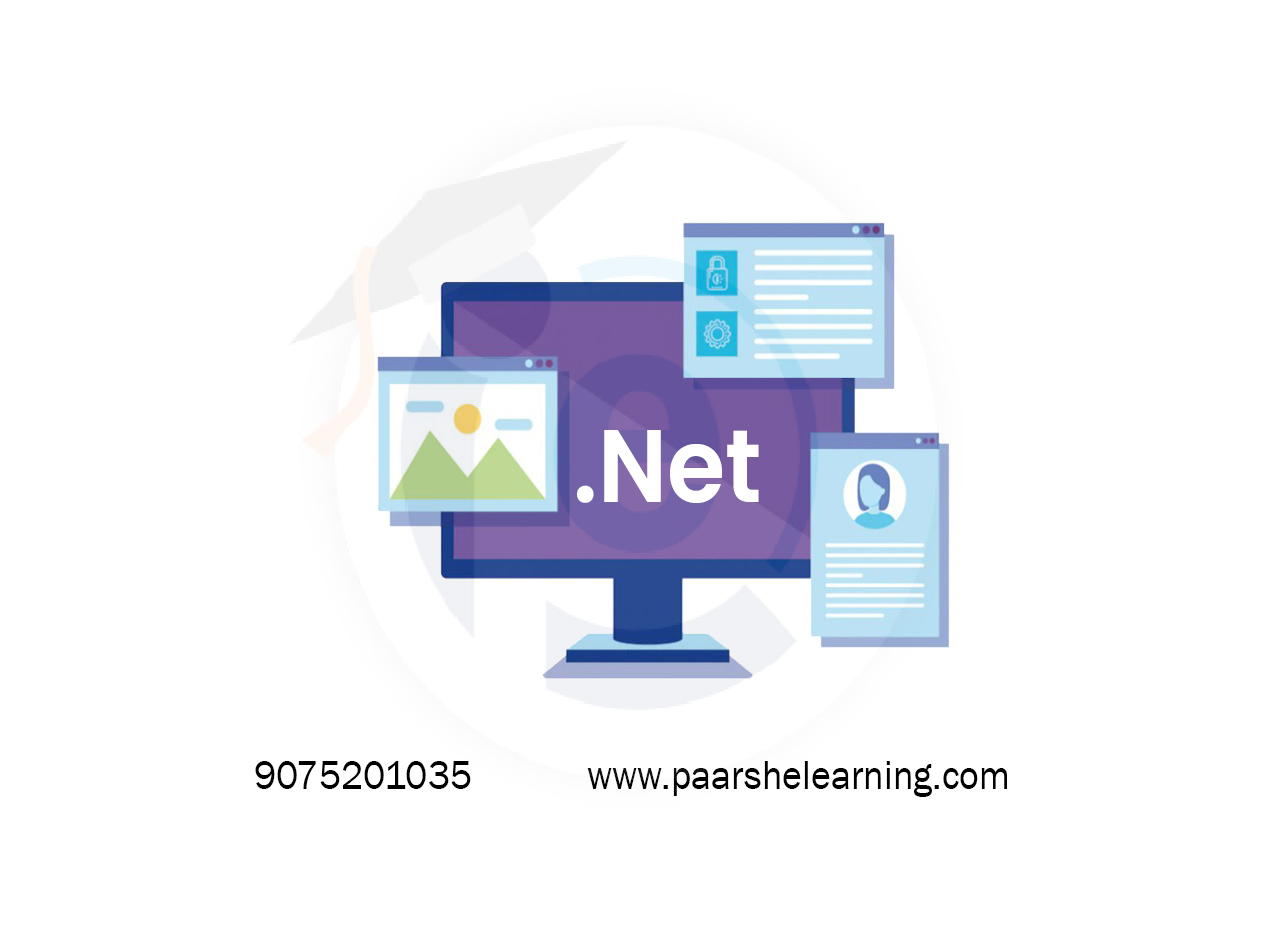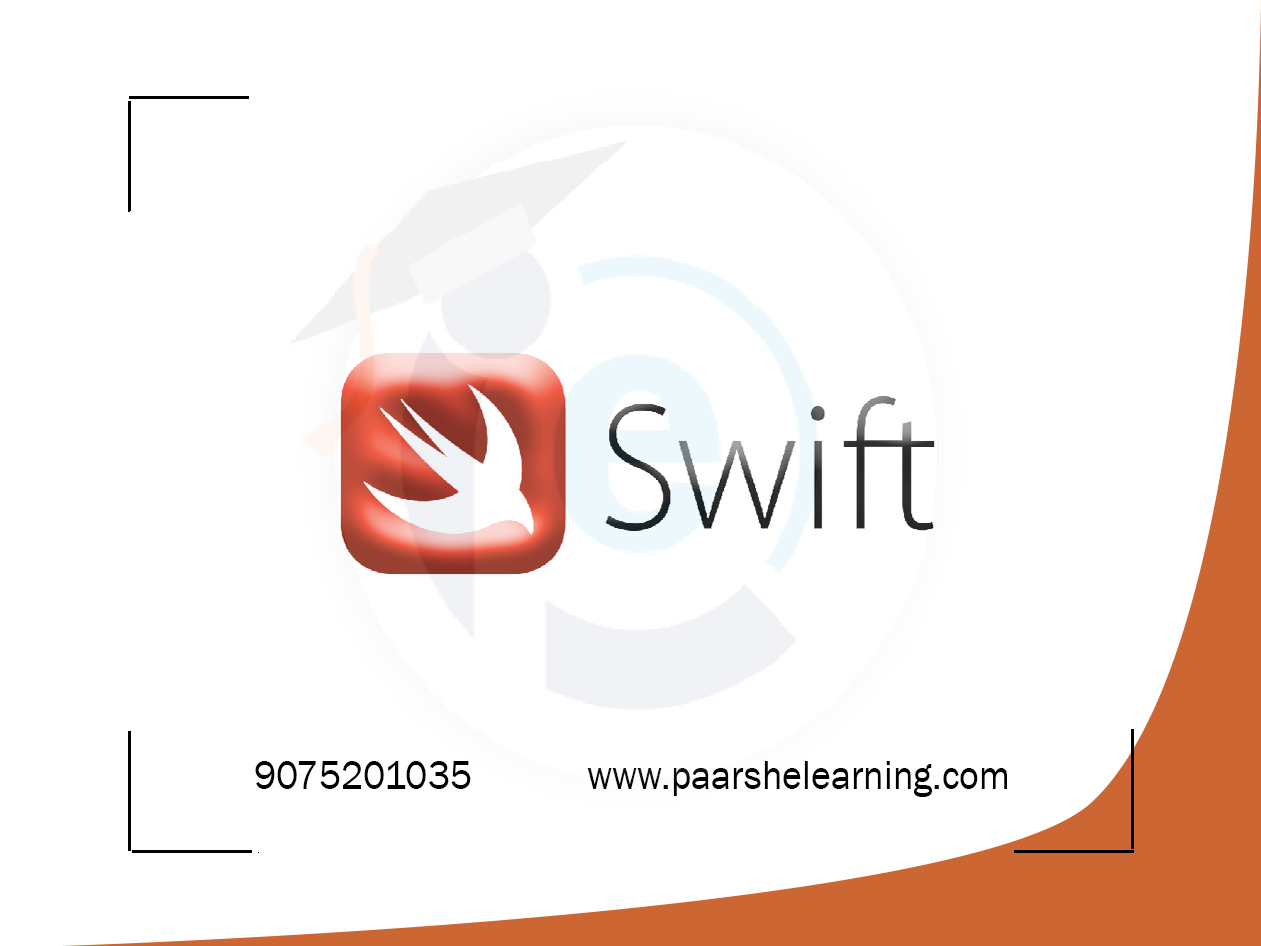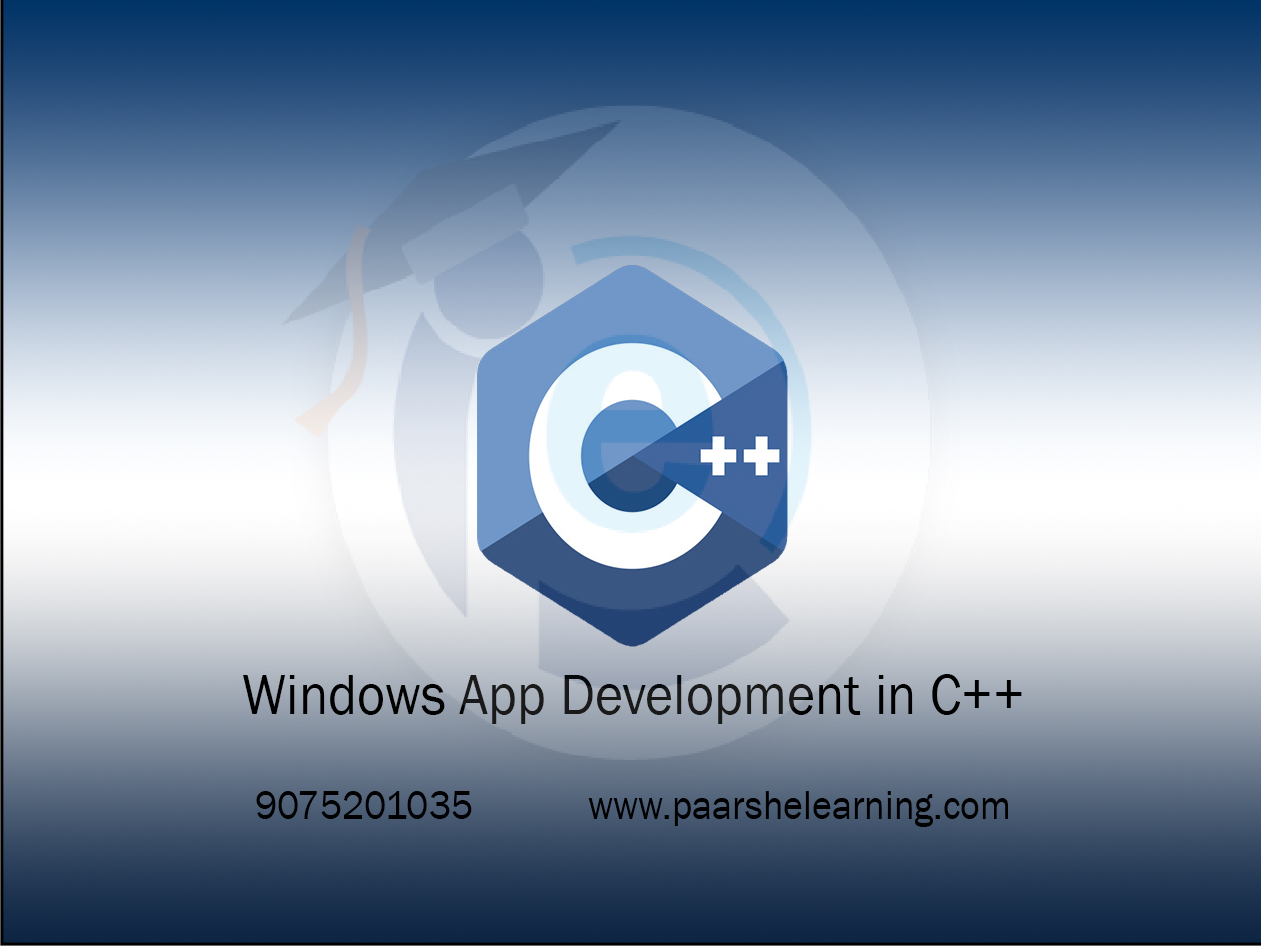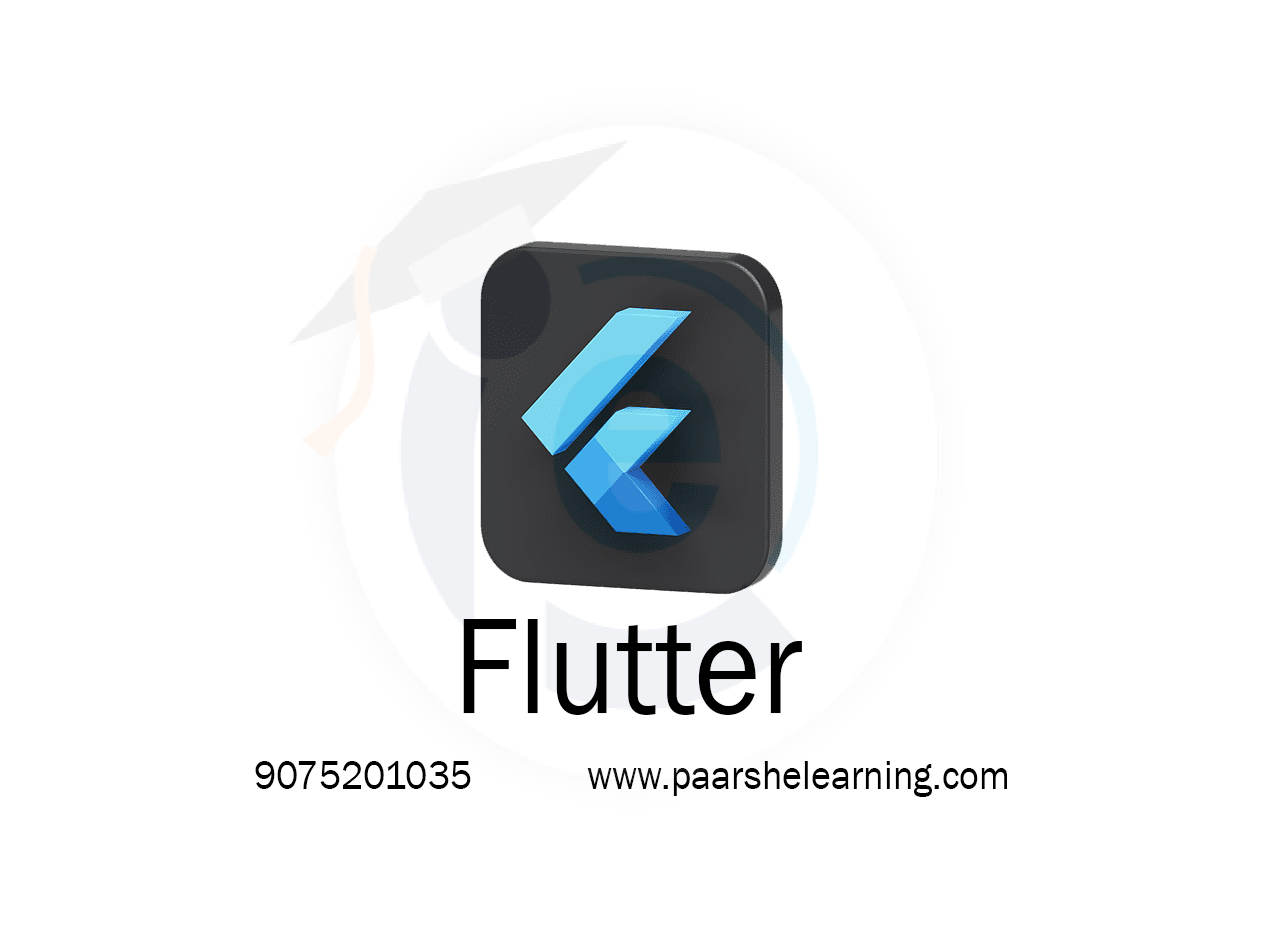- Programming languages: You will learn programming languages such as C#, Visual Basic, and F# to develop .NET applications.
- Framework and libraries: You will learn about the .NET Framework and its various libraries such as the Base Class Library (BCL) and the Common Language Runtime (CLR).
- Application architecture: You will learn about the various software architectures and design patterns used in .NET development, such as Model-View-Controller (MVC) and Service-Oriented Architecture (SOA).
- User Interface development: You will learn how to create user interfaces using various tools and frameworks such as Windows Forms, Windows Presentation Foundation (WPF), and Universal Windows Platform (UWP).
- Database development: You will learn how to connect to databases and perform data access using .NET libraries such as ADO.NET and Entity Framework.
- Testing and debugging: You will learn how to test and debug .NET applications using tools such as Visual Studio debugger, unit testing frameworks, and profiling tools.
- Deployment and maintenance: You will learn how to deploy and maintain .NET applications using various deployment models such as ClickOnce and Windows Installer.
- Anyone interested in software development: Anyone interested in software development can benefit from the course, as it covers fundamental concepts and practical skills related to software development using .NET.
Windows App Development in .Net
Course description
Windows app development using .NET refers to building applications for the Windows operating system using the .NET framework and related technologies. .NET is a widely-used development framework created by Microsoft that provides a rich set of tools and libraries for building various types of applications, including desktop, web, mobile, and cloud-based applications. When it comes to Windows app development using .NET, there are a few key components and technologies to consider:
-
.NET Framework: The .NET Framework is a software framework that provides a runtime environment for executing .NET applications. It includes a large class library, which provides a wide range of pre-built functionality and APIs for Windows app development.
-
C# Programming Language: C# is the primary programming language used for Windows app development in. NET. It is a modern, object-oriented language that is easy to learn and has extensive support within the .NET ecosystem.
-
Visual Studio IDE: Visual Studio is Microsoft's integrated development environment (IDE) for building .NET applications. It provides a comprehensive set of tools for designing, coding, debugging, and deploying Windows apps. Visual Studio offers a rich set of features, including code editors, visual designers, performance analyzers, and a robust debugging environment.
-
Windows Presentation Foundation (WPF): WPF is a UI framework for creating desktop applications on Windows. It enables developers to build visually appealing and highly interactive user interfaces using XAML (Extensible Application Markup Language) for defining the UI and C# or VB.NET for the application logic.
-
Universal Windows Platform (UWP): UWP is a platform and application model introduced by Microsoft for developing Windows apps that can run across different Windows devices, such as desktops, laptops, tablets, smartphones, and Xbox. UWP provides a common API surface and a set of controls that adapt to the specific device and form factor.
-
Windows Forms: Windows Forms is a UI framework that provides a simple and straightforward way to create traditional Windows desktop applications. It uses a drag-and-drop approach for designing UI elements and event-driven programming for handling user interactions.
-
.NET Core: .NET Core is a cross-platform, open-source framework that enables developers to build applications that can run on Windows, macOS, and Linux. It provides a lightweight and modular implementation of .NET, making it suitable for both desktop and web application development.
-
Windows App Certification Kit (WACK): WACK is a tool provided by Microsoft to test and certify Windows apps for compatibility, performance, and adherence to Windows Store guidelines. It helps ensure that your application meets the requirements for distribution through the Microsoft Store.
-
Azure Services: Microsoft Azure offers a wide range of cloud services that can be integrated into Windows apps developed using. NET. These services include cloud storage, databases, authentication and authorization, push notifications, and more, enabling you to add scalable and cloud-enabled features to your application.
-
Community and Documentation: The .NET developer community is vast and active, with many resources available for learning, support, and collaboration. Microsoft provides comprehensive documentation, tutorials, sample code, and forums to assist developers in their Windows app development journey using. NET.
Windows app development in .NET provides a robust and feature-rich environment for creating powerful, reliable, and scalable applications for the Windows platform. With a combination of the .NET framework, programming languages like C#, and UI frameworks like WPF and UWP, developers can leverage a wide range of tools and technologies to build compelling Windows applications.
What you will learn from this course?
This course includes!
- Daily Live session
- A recorded session with problem-solving material
- Access on Mobile and TV
- Certificate of completion
- Recommendation Letter
- 100% Job Placement
This course is for
- Beginner programmers: The course is designed to teach fundamental concepts and practical skills related to software development using .NET, making it a great starting point for beginner programmers.
- Experienced programmers: Experienced programmers who want to learn about .NET development can benefit from the course, as it covers advanc
- Experienced programmers: Experienced programmers who want to learn about .NET development can benefit from the course, as it covers advanced concepts and practical skills related to software development using .NET.
- Software developers: Software developers who want to develop desktop applications for Windows using .NET can benefit from the course, as it covers the various tools and frameworks used in .NET development.
- Web developers: Web developers who want to learn about server-side development using .NET can benefit from the course, as it covers topics such as ASP.NET and web services.
Prerequisites for this course
- Basic knowledge of C# and .NET framework
- Basic knowledge of multithreading
- Basic computer skills: You should have basic computer skills such as operating a computer, using a keyboard and mouse, and using common software programs.
- Programming knowledge: A basic understanding of programming concepts such as variables, data types, and control structures can be helpful, but it is not always required.
- Development environment: You will need to install a development environment such as Visual Studio to develop .NET applications.
- Additional software: You may need to install additional software such as .NET Framework, SQL Server, and other third-party tools depending on the specific course requirements.
Windows App Development In .net Syllabus
-
Introduction To Windows App Development And .net
Understanding the role of .NET in app development Overview of different types of Windows apps: UWP, WPF, WinForms Installing Visual Studio and setting up the development environment Creating your first "Hello World" Windows app
-
User Interface Design With Xaml
Introduction to XAML (Extensible Application Markup Language) Creating UI layouts using XAML markup Styling and theming your app's UI Data binding and interaction with XAML controls
-
Building Windows Forms Applications
Understanding Windows Forms and its controls Designing UI with WinForms Designer Handling user input and events Implementing menus, toolbars, and dialogs
-
Universal Windows Platform (uwp) Apps
Exploring UWP architecture and benefits Creating adaptive layouts for different devices Using XAML controls specific to UWP App lifecycle management and state persistence
-
Data Management And Storage
Working with data using ADO.NET and Entity Framework Implementing data models and connecting to databases Using local and cloud-based storage options Managing data synchronization and offline access
-
User Interaction And Navigation
Implementing navigation in Windows apps Creating responsive and user-friendly interfaces Using MVVM (Model-View-ViewModel) pattern for separation of concerns Implementing user input validation and feedback
-
Media, Graphics, And Animation
Incorporating multimedia elements: images, audio, video Implementing animations and transitions Using graphics libraries for visual effects Enhancing the user experience with multimedia
-
Advanced Topics And Final Projects
Integrating third-party libraries and NuGet packages Implementing localization and internationalization Exploring security practices for Windows apps Working on individual or group final projects
-
Paarsh E_Learning encourages hands-on practice and projects throughout the course to reinforce students' understanding of Windows app development concepts. Assigning practical assignments and projects will help students apply what they've learned. Make sure to cover both the theoretical foundations and practical implementation of Windows app development. NET.



